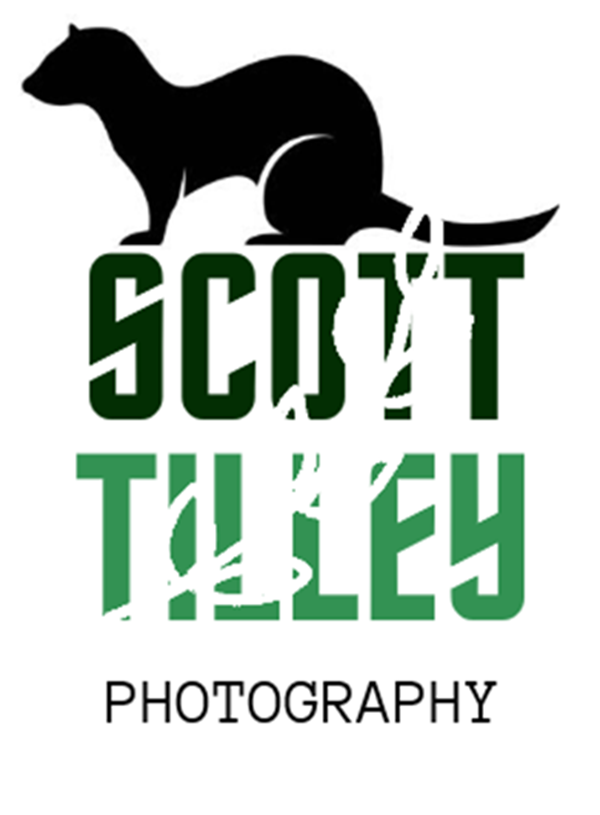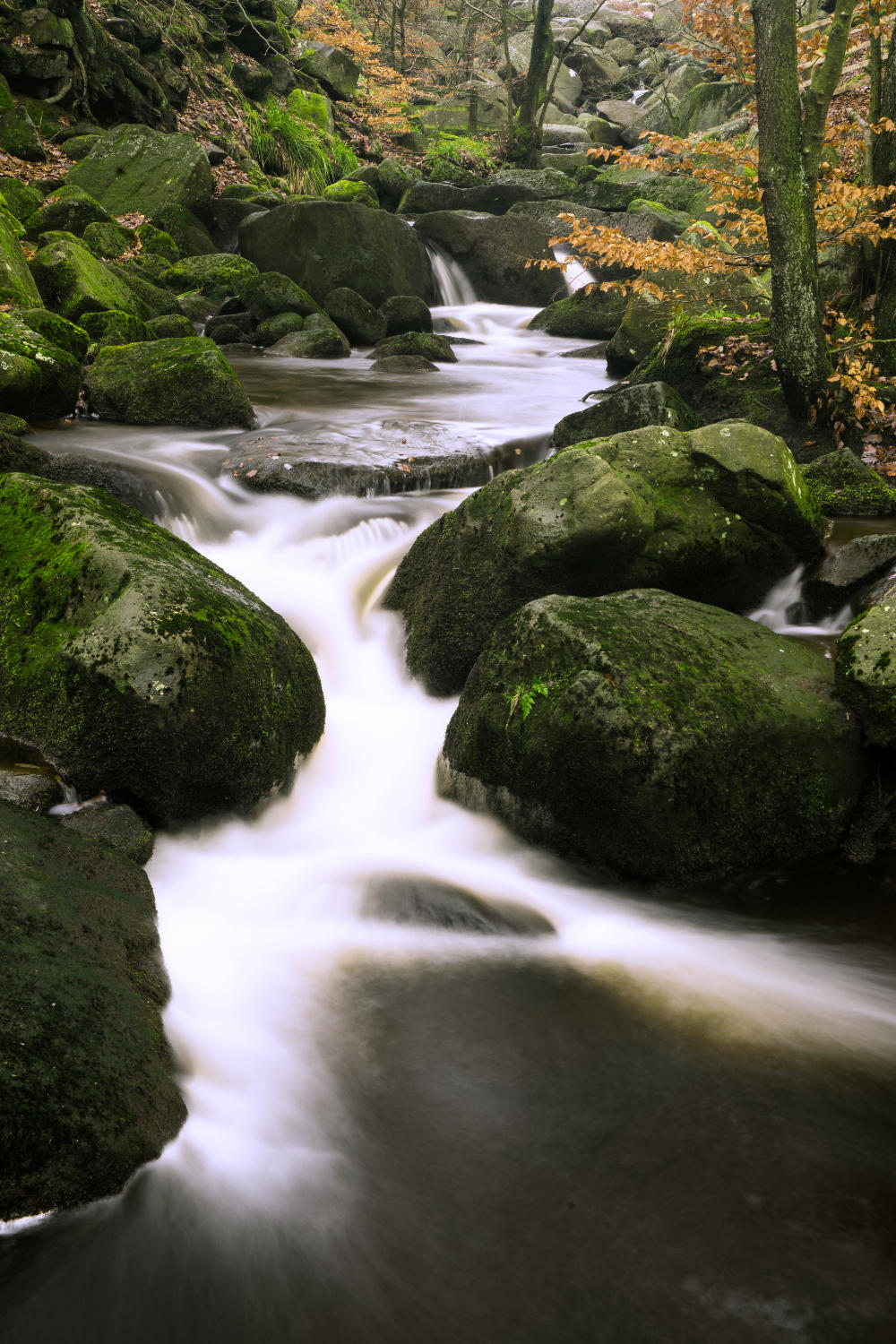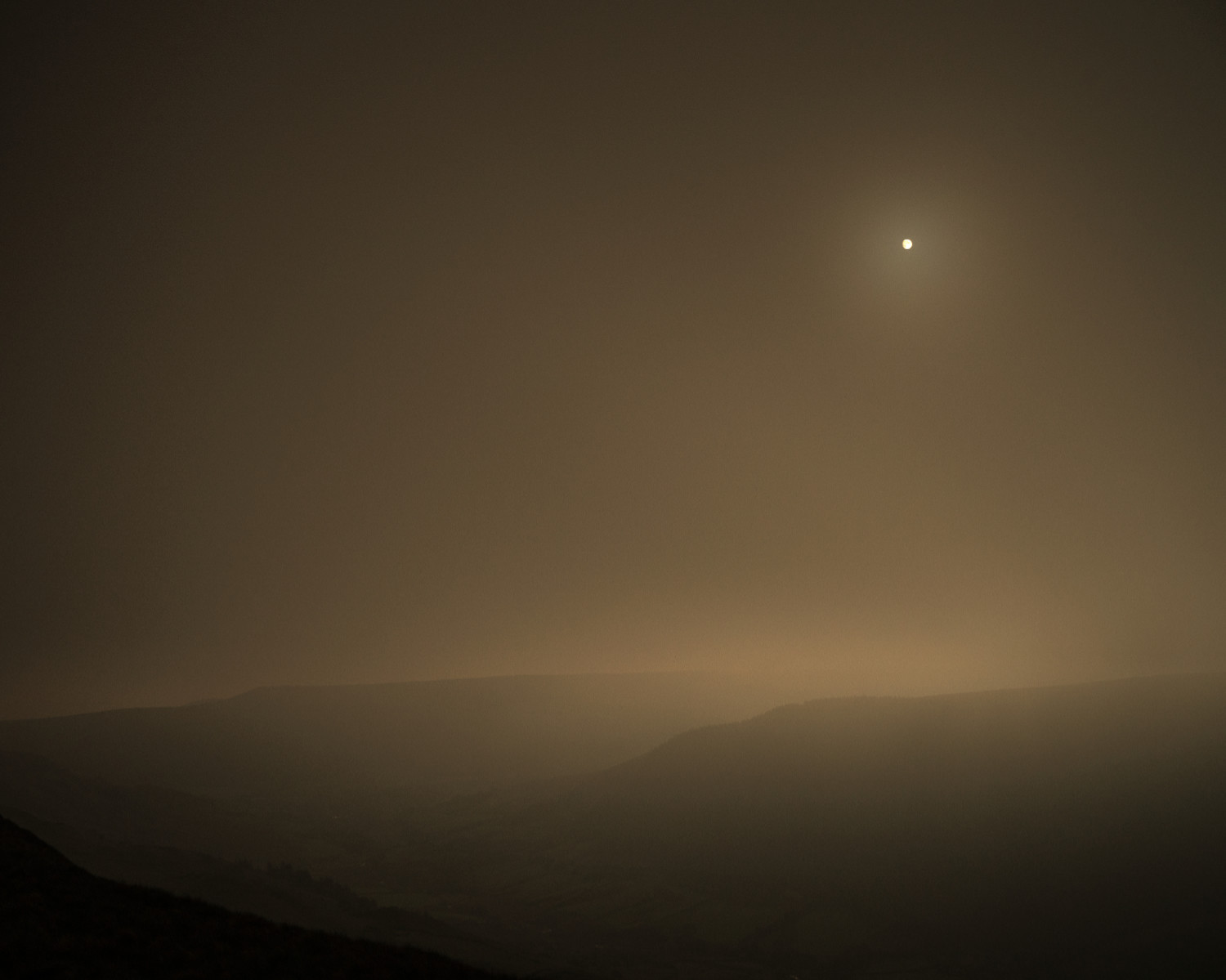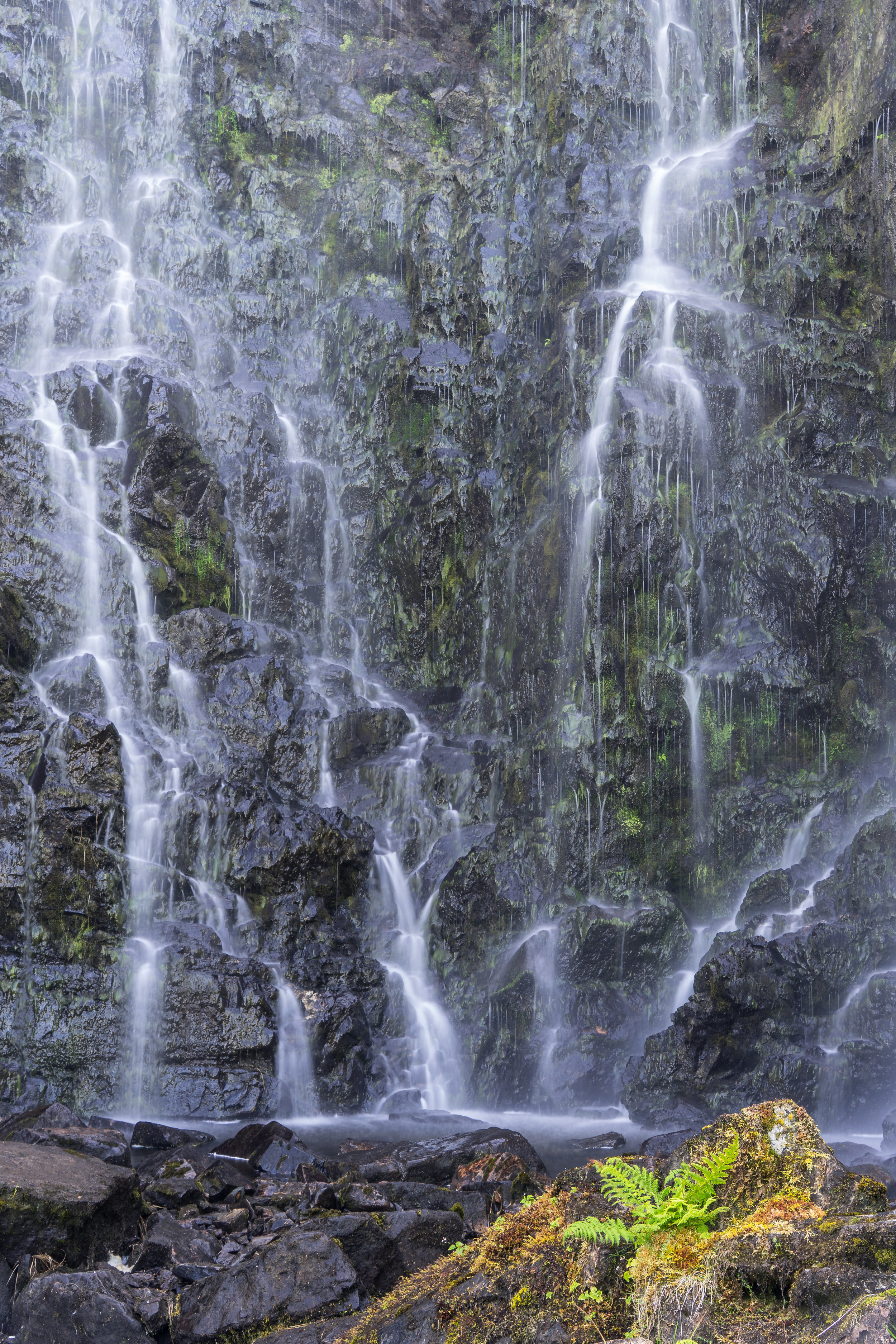Due to the success of my One 2 One Photography Days I am now able to provide half day sessions on Macro Photography. If you have an interest in the smaller creatures that are often all around us and would love to see them in close up detail then this is the session for you.
Ideally you need a digital SLR or a mirror-less camera and a lens with macro capability. A dedicated macro lens is ideal as this will enable you to get true 1:1 images.
I prefer to work One-2-One with clients and would never work with more than three people at any one time as I prefer to give a client my full attention so that you are not left with gaps in your knowledge at the end of the session.
I have a number of nature reserves in Nottinghamshire that have good opportunities for macro photography throughout the summer months.
Sessions are charged at £30 and you can book on the calendar link below.
Once a session is booked I will contact you to arrange where to meet. Most people prefer to leave there vehicle at my address and travel to the location with me but most arrangements can be catered for.
If you want more information please feel free to email me at scotttilley6@gmail.com or Mob: 07791426742.
All The Best.
Scott
If you want more information please feel free to email me at scotttilley6@gmail.com or Mob: 07791426742.
All The Best.
Scott










